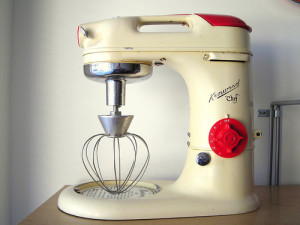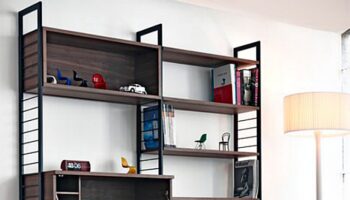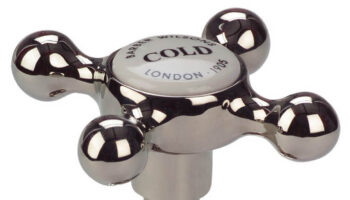
In 1948, Kenneth Wood gathered together £800 of capital and 20 members of staff and moved into a factory in Woking where he set up a manufacturing company.
Two years later he launched the Kenwood Chef (A700 model) at the Ideal Homes Exhibition and began a new era of easy to use, labour saving devices that could be used in the home.
It was stocked in Harrods, as befitted its status as a new, and at this stage, luxury item, and sold out completely within a week. Women everywhere wanted one and, like the Russell Hobbs electric K2 kettle the following decade, the A700 shot to the top of wedding present lists.
Such was the demand that within six years Kenwood was an international business with a turnover of £1.5m and 400 staff who were now making handmixers and liquidisers too.
Its success was in part due to Wood’s canny eye for design. His motto “eye appeal is buy appeal” certainly worked to increase his products’ desirability.
But it wasn’t just about the design. Steven Braggs, of Retrowow, says: “It’s a classic piece of equipment that generations of cooks have used. As well as being a supremely competent mixer, its strength and enduring appeal come from its bullet proof ruggedness and incredible versatility. It can literally do anything from making sausages to mixing cocktails.”
In fact the rather industrial design of the A700 was replaced in the 60s when Wood asked Ken Grange to redesign his mixer. Grange did away with its rounded curves and opted instead for a modern squarer look that gave it instant high tech appeal.
There was a wobble for the company when production of the new model was delayed due to the late arrival of one of the machines needed to produce it, and Kenwood was forced to issue a profits warning. But once it eventually arrived in the shops, business picked up very quickly.
Braggs says: “It was one of those rare objects that captured the mood of the times. Cooking was trendy – Fanny Craddock emphasised the glamour of dinner parties and cooking at home and the Kenwood Chef was a luxury piece of equipment.
“The advertisements said: ‘Is there anything the Kenwood Chef can’t do?'”
This was because of the large range of attachments – the K beater, a whisk and a dough hook. You could also buy other parts so that you could do everything from peeling and mincing, to slicing, shelling and extracting juice.
All this meant that it didn’t come cheap. Braggs says it was 30 guineas in 1966 (around £400 today) although you could also get one by saving up the Green Shield stamps.
“The Green Shield Stamp Catalogue gave Kenwood the ultimate accolade when they added it to their exclusive group of products called ‘the finest in the land’,” says Braggs.
By the age of 38, Wood was a millionaire and he remained with his company until 1968 when he lost out to a hostile takeover bid from Thorn Electrical Industries.
He died in 1997, but the company that still bears his name now operates in more than 40 countries and produces over 200 different models.
first published in The Independent





